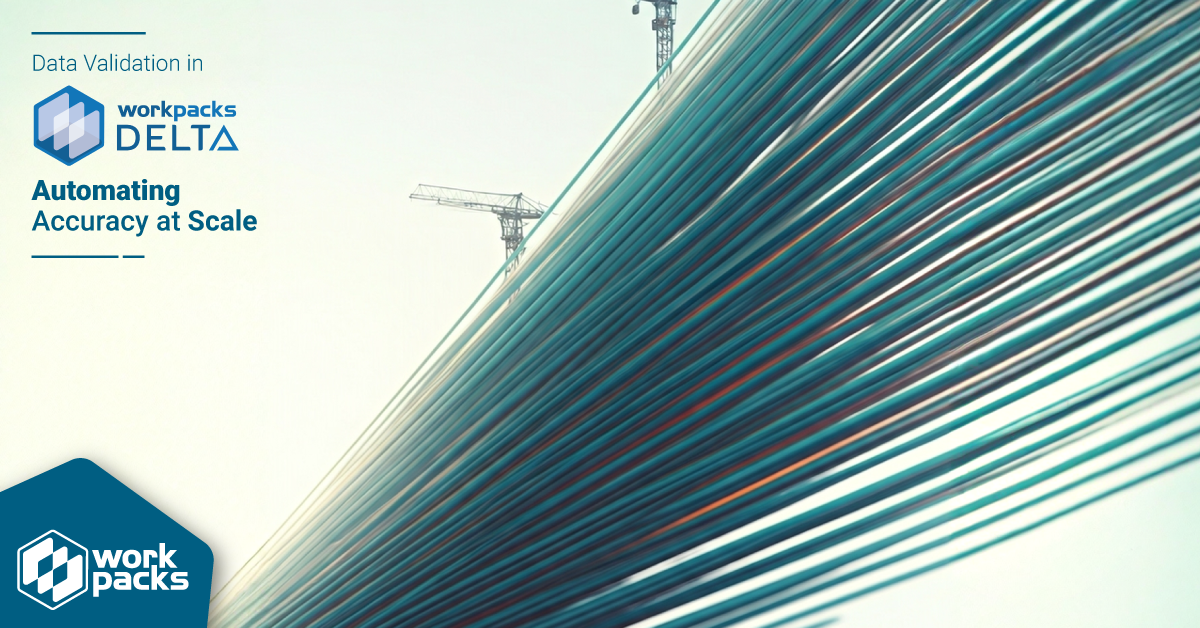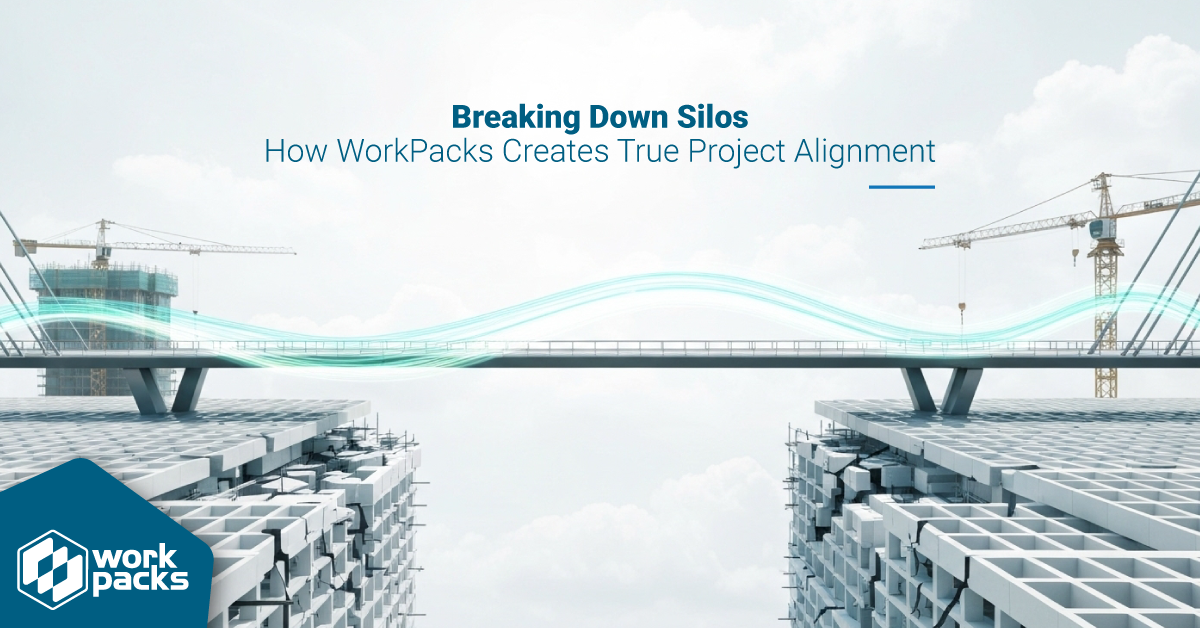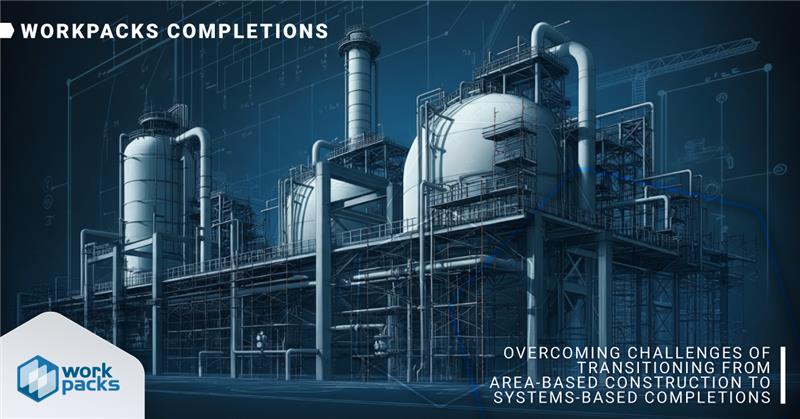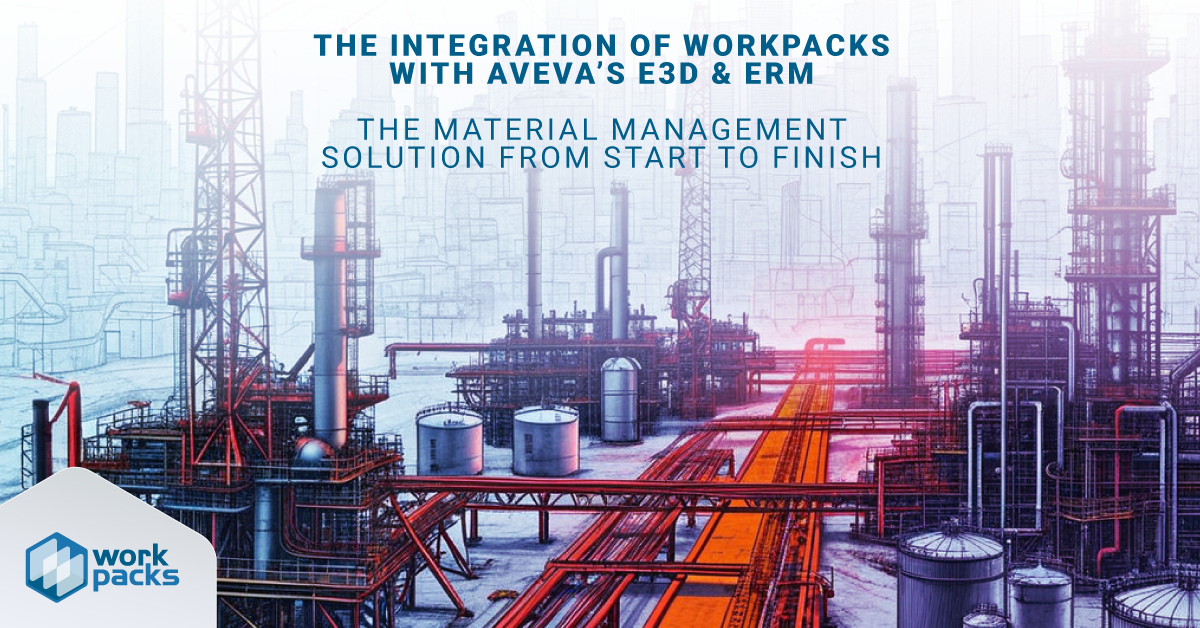In the realm of CO2 reduction, one of the most influential policy mechanisms gaining global traction is the development of carbon markets, also known as emissions trading systems or cap-and-trade programs. These markets create a specialized platform for trading credits – in this case credits representing carbon emissions – which has become instrumental in shaping the landscape of environmental policy and incentivizing a global response to pollution.
A noteworthy historical precedent for cap-and-trade programs is the Acid Rain Program in the United States, implemented in 1990. This program aimed to address sulfur dioxide (SO2) emissions responsible for acid rain by permitting companies to buy and sell emission allowances specific to sulfur dioxide. Its success laid the foundation for the adoption of carbon markets worldwide. The Kyoto Protocol, established in 1997, further solidified the role of carbon markets by introducing the Clean Development Mechanism (CDM) and emissions trading as mechanisms to reduce greenhouse gas emissions globally. It’s worked before. Can it work for carbon emissions? Many countries are banking on it.
“More than two thirds of countries are planning to use carbon markets to meet their nationally determined Contributions (NDCS) to the Paris Agreement.”
-World Bank
Carbon markets offer a market-driven approach to addressing the global challenge of emissions reduction. By assigning a monetary value to emissions reduction, these markets provide economic incentives for businesses to transition towards a low-carbon future. The Carbon Credit program is a key component that allows businesses focused on carbon capture, removal, and storage to attract investments and pursue technological advancements.
One of the business models directly benefiting from the carbon market is focused on Direct Air Capture or DAC. While DAC is controversial with regards to whether it will or will not expedite the energy transition, (and there are plenty of justifications for both sides) it is already playing a role economically and has an added perk of potentially restoring a previous atmospheric balance of carbon in the long term.
“Currently 18 direct air capture facilities are operating in Canada, Europe and the United States. The first large-scale direct air capture plant of up to 1 MtCO2/year is in advanced development and is expected to be operating in the United States by the mid-2020s.”
-The IEA
DAC is far from currently effective on a global level due to two major obstacles. The first is the large carbon footprint current DAC technology entails; it takes a lot of energy to capture carbon from the atmosphere. However, the carbon market has incentivized investment into advancing technology to reduce energy needs. The second issue is scalability, which is where WorkPacks comes in.
WorkPacks is currently engaging in the carbon market by providing the means for clients focused on DAC to increase the ROI on projects by providing the best practices in project planning and execution through AWP Methodologies – filling a crucial role in embedding efficiency into these new types of projects.
“Right now the price per cubic meter of carbon capture is a huge number. It’s around $600.00 per metric ton and they need to get it below $100. To do that they have to have a better project execution methodology. They have to build some amazing 27 thousand of these things in order to really make an impact, so they have to do this at a level of scale that’s unprecedented. But the project execution portion of this, the ability to shorten construction duration with less rework and more predictability – that’s right up our alley. So that’s what we’re doing for these folks.”
-Eric Crivella
The massive scale needed to impact carbon emissions globally underscores the significance of a robust project execution methodology, and while it’s expensive to do now, “In locations with high renewable energy potential and using best available technologies for electricity and heat generation, DAC costs could fall below USD 100/tCO2 by 2030” (Direct Air Capture, IEA).
The gears are now in place and stakeholders across the globe have begun cranking. Fortunately, this time the machine being built has the potential to make the world cleaner.
Check out https://www.worldbank.org/en/news/feature/2022/05/24/countries-on-the-cusp-of-carbon-markets for a summary and tips on global carbon market projects from COP 27
This is a great report from the IEA on the current development and consideration needed for DAC to become part of the carbon emission solution https://www.iea.org/reports/direct-air-capture-2022





